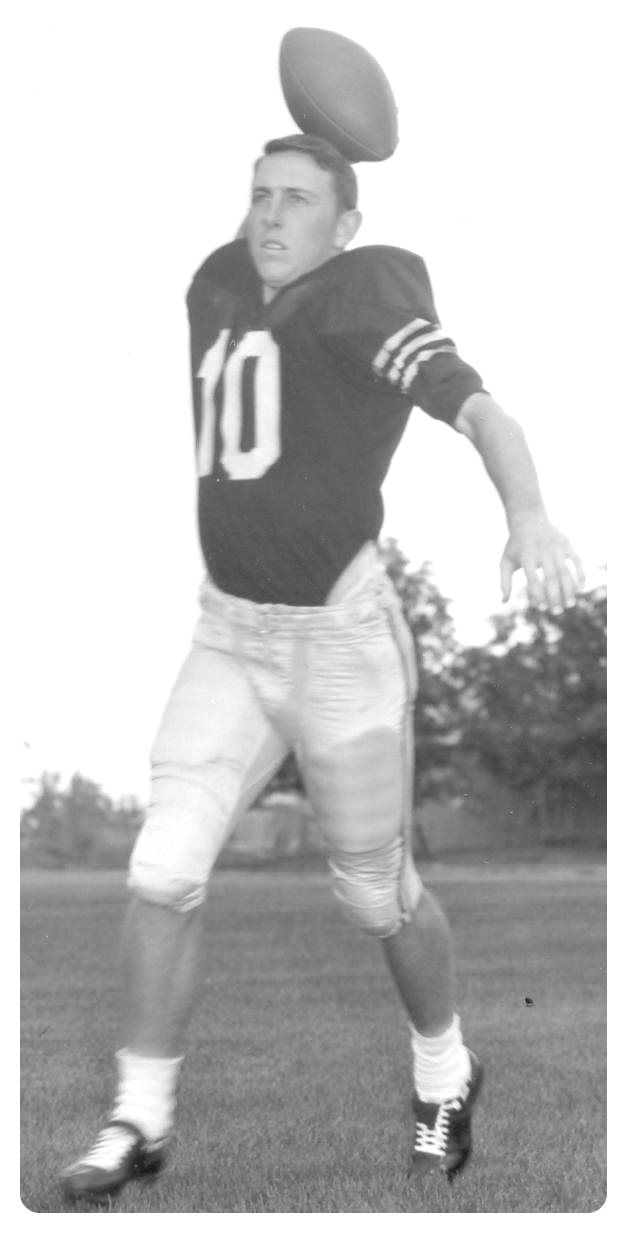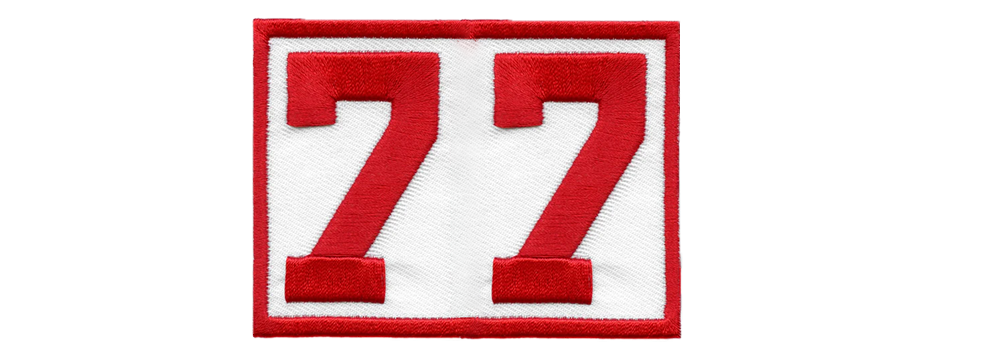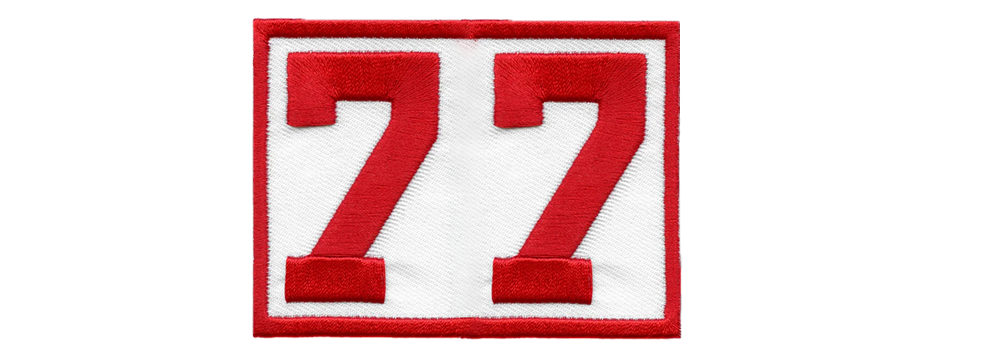The United States Open identifies the best player in the world by having them compete on the most challenging courses the U.S. has to offer. Winning the U.S. Open has plagued some of the best players, including Phil Mickelson, Sam Snead, and Nick Faldo. The U.S. Open is not only physically but mentally demanding to get through 72 holes with the best score at courses in the tournaments rotation like Shinnecock Hills, Pinehurst No. 2, and Oakmont Country Club. Few have been lucky enough to excel in these four-day marathons of will; even fewer have done it two times, and the seemingly impossible have done it more than that. In the entire 129-year history of the U.S. Open, only six people have prevailed in the toughest test in golf three or more times. That group includes Hale Irwin (3), Tiger Woods (3), Jack Nicklaus (4), Ben Hogan (4), Bobby Jones (4), and Willie Anderson (4). One member of that illustrious club I had a chance to talk to was Hale Irwin.
Hale Irwin won three Opens in 16 years, but before that, he was quarterback and cornerback for the University of Colorado. After every season, he would trade his shoulder pads for persimmon and see if his swing was still there. It never left, and he went on to win the NCAA Individual championship in his senior year.

Irwin would officially become a tour player a year later and get his maiden win in 1971. Then, in June 1974, Hale would come to the United States Open in Westchester County, which would later be named the "Massacre at Winged Foot" by the journalist Dick Schaap. The week before, Hale played an event in Philadelphia, "I want to say I tied for 2nd or 3rd, but I had a good tournament. Leonard Thompson and I, who used to play the tour, drove up to Winged Foot, and I went out to the golf course Monday thinking it might be the hardest thing I have ever seen," Irwin told me. "75% of the field [was] checked out, you could just tell, so just go out there, and instead of playing 150 guys, you're playing 40, 30." This U.S. Open will always be remembered as one of the most challenging tournaments ever held in professional golf. I would explain Irwin's strategy for that tournament, but why don't I have him tell you:
"Just hit the fairways because you're not going to make pars out of the rough, it's just too thick, if you miss the green you are making a bogey. So, understand that this is going to be a very taxing week. The biggest thing I didn't want to do was make double bogey; now, these are all negative thoughts, but that is what Winged Foot produced. The greens were very fast, and the fairways were relatively tight, but the rough was out of sight, so I just told myself to forget where the pin was and just put it under the hole on every green. If the pins in the front, well then ok, you're going to have a downhill putt, but if it's in the back, then take a 30-footer uphill, then a 10 footer downhill every time," he told himself. He would win at 7 over and a two stroke lead over Forrest Fezler. "I had a plan, I had realistic expectations, and I played well." After winning majors today, the press circus and media tour begins, whether it be talk shows, photoshoots at the Empire State Building, etc. and I always wondered if that was the case years ago. Hale laughed hard and said, "Are you kidding me? I suppose when I went to the airport, there might have been one person who read the paper and recognized me."
The stories of the 1974 Open are well known, whether it be Jack Nicklaus putting off a green or a car driving over the 1st hole's putting surface. What is somewhat forgotten is that the country's Open returned to the West Course at Winged Foot 10 years later in 1984, and Hale Irwin, now 39 years old, was tied for the lead after the first round, then the second round, and also the third.

Irwin's dad was sick and dying from cancer at the time. He spoke about what playing while that was happening was like, "I remember thinking going in, here we are ten years from '74, wouldn't it be great if you win again? I built it up that if I could win one more time for my dad, that would be a romantic thing to think about. It was beyond expectations; I didn't play well," Irwin said. "I definitely did not have the focus I did ten years prior." Irwin would shoot a final round 79, 9 over, and miss the Fuzzy Zoeller/Greg Norman Playoff by 8 shots. Fuzzy would win convincingly in an 18 hole playoff the next day.
With two U.S. Open wins on his resume, Irwin would win the following year on tour at the Memorial Tournament but would go winless for over five years until a mid June week in 1990. The then 45 year old Irwin was hitting the ball shorter but still had the fiercely competitive nature that the golfing world had seen countless times. The storyline that dominated the week was Curtis Strange vying for his 3rd U.S. Open in a row, winning the '88 Open at The Country Club and '89 at Oak Hill Country Club. The setting for this event was Medinah Country Club in Illinois and Irwin would get a chance to play in the tournament thanks to a special exemption given by the USGA. I asked Hale if there was any feeling of not wanting the USGA to regret this exemption. With no pause, he immediately responded, "Absolutely, with this exemption, I knew I wasn't in any other way, so the fact that they gave me that made me not want this to be a ceremonial appearance."
When it got to the final day, it was clear no ceremonial exemption was given. By the end of Saturday, Billy Ray Brown and Mike Donald were tied for the lead at 7 under. "Billy Ray was one of the leaders, and I was just getting ready to go to the first tee, and Billy Ray was coming to the putting green and he asked me what should [he] be thinking about; I told him, 'You are playing well, the trick is, don't beat yourself, hit the shots you are comfortable hitting, just be you, don't get carried away with the moment,' I then thought that's pretty good advice, why don't you do that."
The ABC Broadcast led by Jim McKay started Sunday talking only about the previous two years prior champion and showing his first shot of the final round, 'and there he went, continuing the Strange quest, chasing the ghost of Willie Anderson down the fairway at Medinah," McKay said. "Winners of the U.S. Open, glory that will last as long as this game of golf is played." Strange knew that glory well but someone else that knew just as well was Irwin. Greg Norman and Irwin were paired together on the final day, and through nine holes, Irwin was even through the first nine after making one birdie, one bogey, and seven pars. Hale remembered seeing the leaderboard on the 11th tee, "I was one shot out of the top 15, which would get me back next year; that's my goal…I then birdied 11, birdied 12, birdied 13, birdied 14th. Ok, here we go; I was one shot off the lead." After four birdies in a row, Irwin had three pars in a row. "When I got to 18, I felt I had to birdie it to have any chance at all because I want to post a score so those guys see it, they are an hour behind me, I want them to see it," he told me. "When that big 45 foot putt went in, I could remember very clearly, in '75, I had birdied the last hole to take the lead in the clubhouse, and when that putt went in, I had this deja vu. Never did I think it was going to be an outright win." Hale was right, Mike Donald matched his 8 under after he finished the last three holes in 1 over. "Because of the excitement, my wife and I didn't sleep very much…I had an early lead but he was playing steady," Irwin said.
Over the course of the day, Donald's steady play managed to create a gap." 3 holes to go, and he's got a two shot lead. I remember being on the 16th hole, and they had a 200 yard concrete disk, and I was one step from that. The flag was on the left side of the green and we were into the wind and it was 198 yards uphill, oh boy here is another 2 iron, I cant pull it at all or I will hit this tree so I have to aim at the middle of the green and hit this draw. I hit it very nice, six or seven feet," Irwin remembered. It's easy to read how Hale describes this shot but to appreciate it truly, you must see it with your own eyes. His 2 iron draw misses the tree by a couple of yards and lands perfectly in front of the pin, and rolls pin high. Irwin would go on to win in a sudden death playoff after having the same score as Donald after the Monday round.
That magical week in Illinois would be Irwin's last major on the PGA tour before joining the Champions tour and having one of the most historic runs of winning a player has had on the senior tour. Throughout his storied career, Irwin has been in countless practice rounds with Arnold Palmer and Jack Nicklaus; he wandered upon Gene Sarazen and Byron Nelson at Augusta National and played a round on the short course with them. One last short story of Hale's is one that might be remembered by some, but not from his point of view.
The year after Irwin's breakthrough at Winged Foot, he came to Oak Brook, Illinois, for the famed Western Open. The Western Open was a tournament that held nearly the same prestige as the majors. Willie Anderson, Walter Hagen, Ben Hogan, Jack Nicklaus, and Arnold Palmers were all winners of the event. In 1975, the tournament came to Butler National for the second time; it became the permanent host of the Western Open until 1990. "Butler was an incredibly demanding golf course, and for then, it was a long golf course," Irwin told me. It was again another incredibly strong field, including major winners and past champions. Irwin would go on to win the championship, but this story is not about that. Some might have heard this specific year, and a bell might have rung in their mind. This '75 Western Open became known for much more than Irwin's win; it was the same tournament where Lee Trevino, Jerry Heard, and Bill Nichols were struck by lightning. Two separate bolts would hit near the lake in the middle of the course; one would hit Tony Jacklin's club mid-swing, and the other would hit the lake and then go to Trevino, Heard, and Nichols. After finishing Fridays round, Irwin retreated to his hotel a couple of miles a way with his wife. The conditions were getting worse and worse, and Irwin wondered when play for the day was going to be halted, "I was in my room with my wife and happened to be looking out towards the golf course, maybe a couple miles away, and that bolt hit. I told my wife that if that doesn't get them off the golf course, nothing will." Those bolts would ultimately get them off the course and Trevino, Nichols, and Jerry Heard all sustained minor injuries, but Heard surprisingly finished the event tied for fourth.
After stepping away from the Champions Tour, Irwin continues to play the game in Arizona, where he resides. His homegrown self-produced swing helped him win 20 times on the PGA Tour with three majors and 45 times on the Champions Tour.



